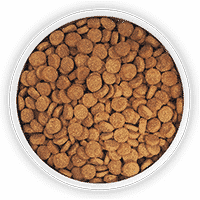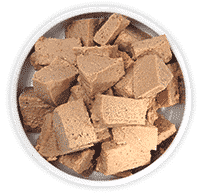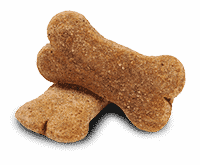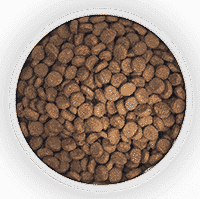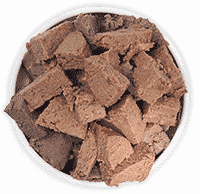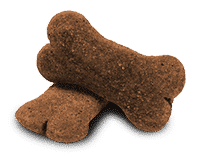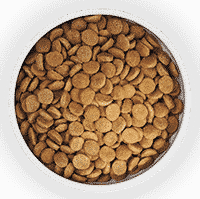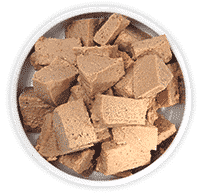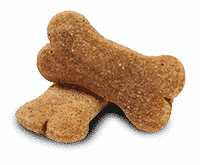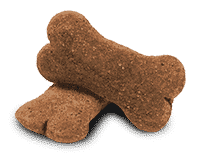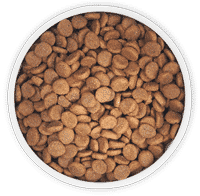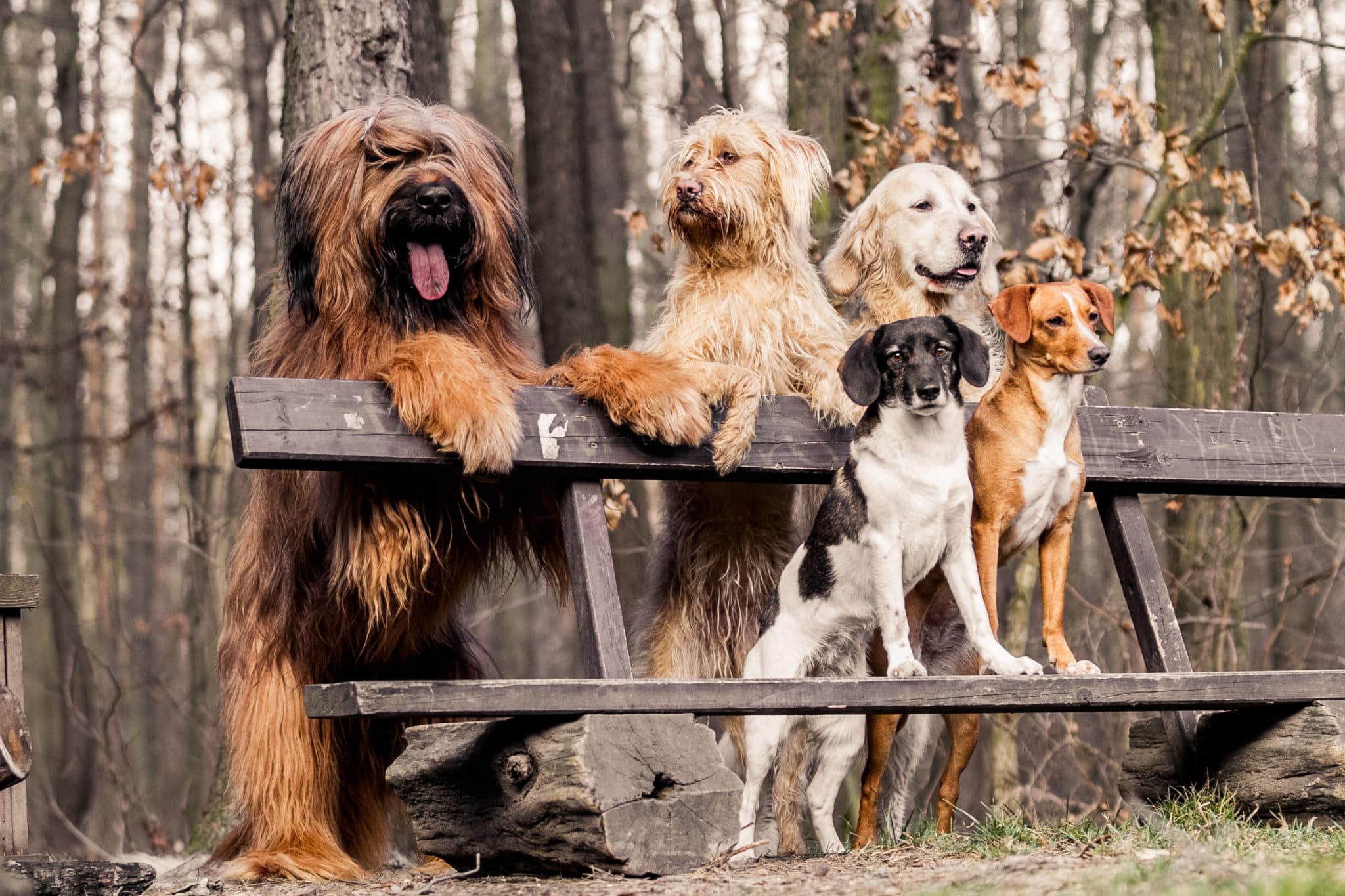We understand that picking the best diet for your pooch can be an overwhelming and difficult task. We want the best for our dogs, but pet food labels can be so challenging to understand sometimes. Is there a pet food that is both complete and balanced for your lovable fur babies?
One of the things to look for while looking at the pet food label is the three different categories a pet food can be under. These are: adult maintenance, growth/reproduction, and all life stages. But what exactly does all this mean?
Today with Q&A with Dr. Quest, we go over what an “all life stage” diet means and what the difference is between the nutritional needs.
What makes a dog food “all life stages?”
There are three categories for pet food that is recognized by the American Association of Feed Control Officials (AAFCO): adult maintenance, growth/reproduction, and all life stages. Adult maintenance means that pet food is formulated to meet the nutritional needs of adult dogs. Adult dogs are dogs that are generally one year or older. A pet food that is formulated for Growth and Reproduction is made for growing young dogs generally less than a year old and also for pregnant and nursing dogs. A pet food that is labeled for all life stages means that it meets the nutritional requirements for adult, young and pregnant/nursing dogs.
What is the difference between all life stage food vs puppy food?

From a regulatory perspective and formula perspective a dog food that is labeled for all life stages would have to meet the requirements for a growth/puppy food. Typically, growth diets contain more protein, fat and certain minerals than an adult maintenance diet. Calcium, phosphorus, iron, copper, manganese and zinc are all higher in a growth or all life stage diet compared to an adult maintenance diet.
What is the difference between all life stage food vs senior dogs food?

All life stage food typically contains higher levels of protein, fat, and some minerals than a diet labeled for senior dogs. Senior diets are not a regulatory definition but are marketed to older dogs and generally have lower levels of fat, are lower in calories, and may contain other micronutrients that can help with problems such as joint health, skin, and coat, and immune benefits depending on the specific diet.
Is there a different feeding amount depending on age?
All pet foods have a feeding guide on the package or label. They are typically expressed as a kcal or kilocalorie. For simplistic sake, we generally refer to a kcal as a calorie when speaking about how many calories a pet should eat. It is required to have the calories per cup or some unit of measure as well as kcal/kg on the label too. Most feeding guides will tell you how many cups to feed according to your dog’s weight. Growth diets for puppies will also have this information. Generally, puppies will consume more calories for their weight than adult dogs because they are still growing and need extra nutrition to grow and develop into healthy adult dogs. Active dogs may also require more calories to maintain their ideal body weight. If you are not sure how much to feed your dog, then we recommend you call the company who makes your pet food, and you can also ask your veterinarian for help.
